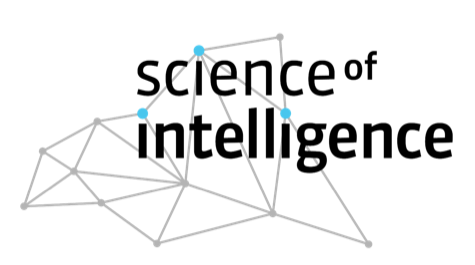Multiple computational paradigms
The robustness and versatility of intelligent behavior results—at least in part—from the synergistic application of multiple computational paradigms.
At its most basic level, computation involves processing inputs to generate outputs according to specific rules or operations. Your brain does it all the time: it takes in sensory information (inputs), processes it through neural pathways, and produces thoughts, decisions, or actions (outputs). This perspective could lead us to think that if we understand the brain, we understand intelligence, and that’s the end of the story. But this misses an important point: the fact that all species on earth have evolved as embodied agents that physically interact with the world.
But our brain is not touching the world, you might say? In 1960, the anthropologist Sherwood Washburn wrote in Scientific American that “the modern human brain came after the hominid hand.” This is a bold statement, but it does make a point: understanding the brain alone will not lead to an understanding of intelligence. What other computations contribute to the generation of our intelligence?
An example
Humans perform neural computation in their nervous systems, but also mechanical computation with their bodies. Below we will present evidence from dexterous manipulation, but we will use this example for illustration here, too. When grasping an object, humans perform neural computations to identify the object, and this triggers movements that bring the hand close to it. However, the specific locations of each finger on the to-be-grasped objects are not explicitly computed. Humans employ the mechanical computation performed by a compliant, soft-material hand: the fingers land as they may. Neural computation has the task of bringing the hand into position such that the mechanical computation of the hand can take over the determination of the final grasp pose. Each computational paradigm solves the sub-problem at which it is good. The result is highly robust and adaptable behavior.




